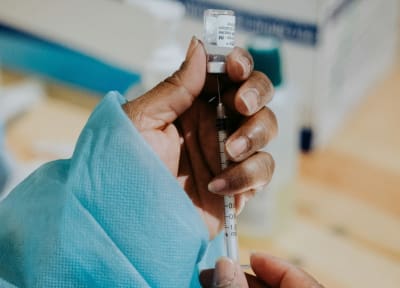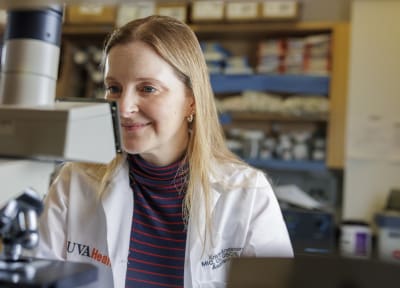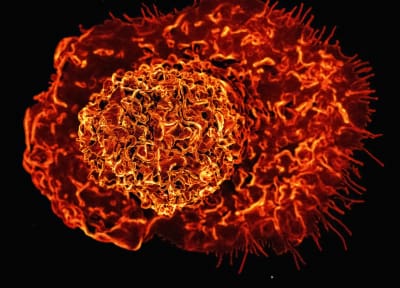Community Immunity
Explore how choosing to be vaccinated protects not only yourself, but friends and family too.
On This Page:
Overview
Vaccines are one of the most important advances in the history of medicine, preventing millions of deaths from diseases every year. Choosing to be vaccinated, not only protects yourself from dangerous pathogens, but protects those around you as well. This includes your family members and those you live with, but also those you work or go to school with. The additional protection of those around you is called community immunity and helps to protect those that cannot be vaccinated due to age or health conditions.
Key Points
- Choosing to be vaccinated not only protects yourself, but also your family and friends.
- Community immunity is when enough people are immune to a pathogen that the pathogen can’t spread from one person to another.
Protecting Others
Community immunity helps protect everyone. When enough people are vaccinated for a pathogen, it makes it difficult for the pathogen to spread. Every person who has immunity makes is more difficult for the pathogen to spread, which is why vaccination is so important for achieving community immunity. If you’re vaccinated, it’ll be harder for the pathogen to use you to infect other people or to mutate into a new variant. The more infectious a pathogen is, the higher numbers of immune people are needed to stop the spread. For example, measles is very infectious. On average every one person infected with measles spreads the virus to 12-18 other people. Therefore, a much higher number of people immune to measles is needed to prevent the spread.
Community immunity is especially important for those with a weakened immune system that cannot get vaccination for certain disease. This includes people with serious allergies to vaccine components, and people with weakened or failing immunity systems like those who have cancer, HIV/AIDS, or other health conditions.
Community immunity is one of the reasons we no longer see once feared diseases in the US. Many of the vaccine-preventable diseases that we don’t see often in the US, are spreading in other countries or exist in the environment around us. If not enough people have immunity, such as from lower vaccination rates, we won’t be protected from these diseases. Community immunity only protects us if enough people continue to get vaccinated.
Sources
- Jain, A., Marshall, J., Buikema, A., Bancroft, T., Kelly, J. P., & Newschaffer, C. J. (2015). Autism Occurrence by MMR Vaccine Status Among US Children With Older Siblings With and Without Autism. JAMA, 313(15), 1534. https://doi.org/10.1001/jama.2015.3077
- Taylor, B., Miller, E., Farrington, Cp., Petropoulos, M.-C., Favot-Mayaud, I., Li, J., & Waight, P. A. (1999). Autism and measles, mumps, and rubella vaccine: no epidemiological evidence for a causal association. The Lancet, 353(9169), 2026–2029. https://doi.org/10.1016/s0140-6736(99)01239-8
- Madsen, K. M., Hviid, A., Vestergaard, M., Schendel, D., Wohlfahrt, J., Thorsen, P., Olsen, J., & Melbye, M. (2002). A Population-Based Study of Measles, Mumps, and Rubella Vaccination and Autism. New England Journal of Medicine, 347(19), 1477–1482. https://doi.org/10.1056/nejmoa021134
Related Topics
Downloads
External Resources
Latest News


